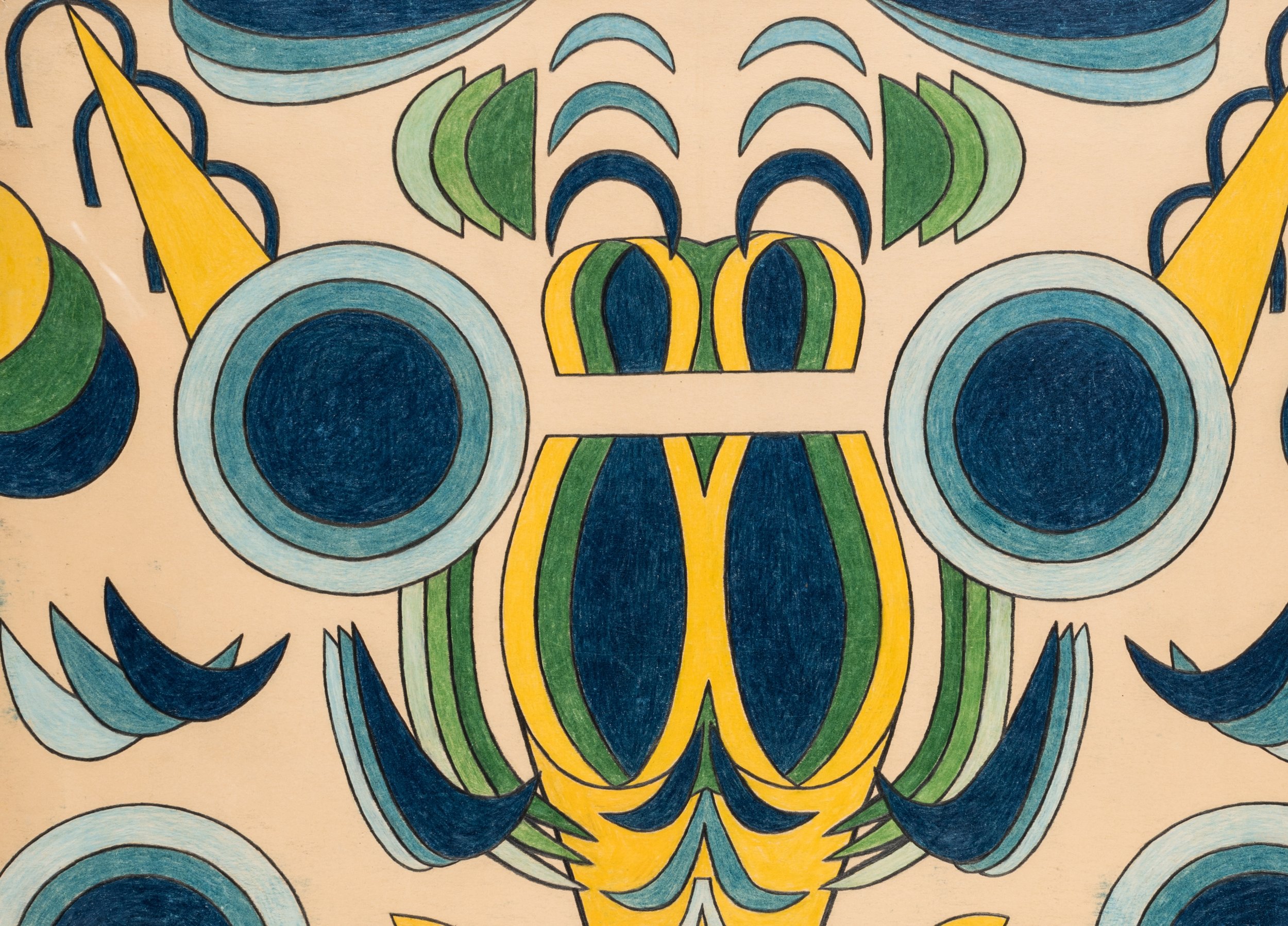
The Life and Work of a Dakota Sioux Artist
The Mary Sully Foundation is dedicated to showcasing and celebrating the work of Mary Sully, a Dakota Sioux artist active between the late 1920s and the mid-1940s.
Sully was born on the Standing Rock reservation in South Dakota in1896. Her most significant work—what she called the Personality Prints—comprises 134 triptychs, each set representing the “personality” of an individual or the essential character of an idea current in the American popular culture of the period.
Sully’s work, hidden away for decades, now offers art historians the opportunity to craft new narratives of European and American modernism.
Mary Sully Debut Opening
The Metropolitan Museum of Art
July 18, 2024 - January 12, 2025
1000 5th Avenue, Gallery 746 North, NY, NY
Opening Public Programming -September 30th
Current Shows
An Indigenous Present
Oct 9, 2025 – Mar 8, 2026
Institute for Contemporary Arts, Boston
https://www.icaboston.org/exhibitions/an-indigenous-present/
Bridgitt and Bruce Evans and Karen and Brian Conway Galleries
#AnIndigenousPresent
An Indigenous Present is a thematic exhibition spanning 100 years of contemporary Indigenous art. The exhibition includes new commissions and significant works by 15 artists who use strategies of abstraction to represent personal and collective narratives, describe specific and imagined places, and build upon cultural and aesthetic traditions. Co-organized by artist Jeffrey Gibson and independent curator Jenelle Porter, the exhibition offers an expansive consideration of Indigenous art practices that highlights a continuum of elders and emerging makers, and premieres newly commissioned site-specific works by Raven Chacon, Caroline Monnet, and Anna Tsouhlarakis
An Indigenous Present debuts at the ICA, before traveling to the Frist Art Museum in Nashville (June 26—September 27, 2026) and the Frye Art Museum in Seattle (November 7, 2026—February 14, 2027)..
Other venues are currently in planning.
Previous Exhibitions
See where Sully’s work has previously been displayed:
The Minneapolis Institute of Art, March 15, 2025 - September 21, 2025. https://new.artsmia.org/exhibition/mary-sully-native-modern
Reverberations: Lineages in Design History at The Ford Foundation for Social Justice - until May 3, 2025
https://impulsemagazine.com/symposium/reverberations-lineages-in-design-history
The Metropolitan Museum of Art, NYC, July 18, 2024 - January 12, 2025.
Saint Louis Art Museum, Summer - Fall 2023.
Philbrook Museum, Tulsa, October 2020 - January 2021
Renwick Gallery, Smithsonian February 2020 - March 2020.
Frist Museum, Nashville, September 2020 - January 202
Hearts of Our People: Native Women Artists
The Minneapolis Institute of Art, June 2019 - August 2021.
A Dakota Artist
Sully cast an observant—and often celebratory—eye on American culture without ever losing her bearings in Native culture and aesthetics. Often working out of a precarious poverty, Mary Sully used simple tools—paper and pencil—to create transformative design that continues to resonate today. Drawing on themes from the top panels of the triptychs, she crafted intricate patterns in the middle panels, aiming for possibilities in surface design and textiles.
Becoming Mary Sully
In his book, Becoming Mary Sully, Philip J. Deloria, Sully’s great grand-nephew, reclaims Sully’s work from obscurity, exploring her stunning portfolio through the lenses of modernism, industrial design, Dakota women's aesthetics, mental health, ethnography and anthropology, primitivism, and the American Indian politics of the 1930s.








